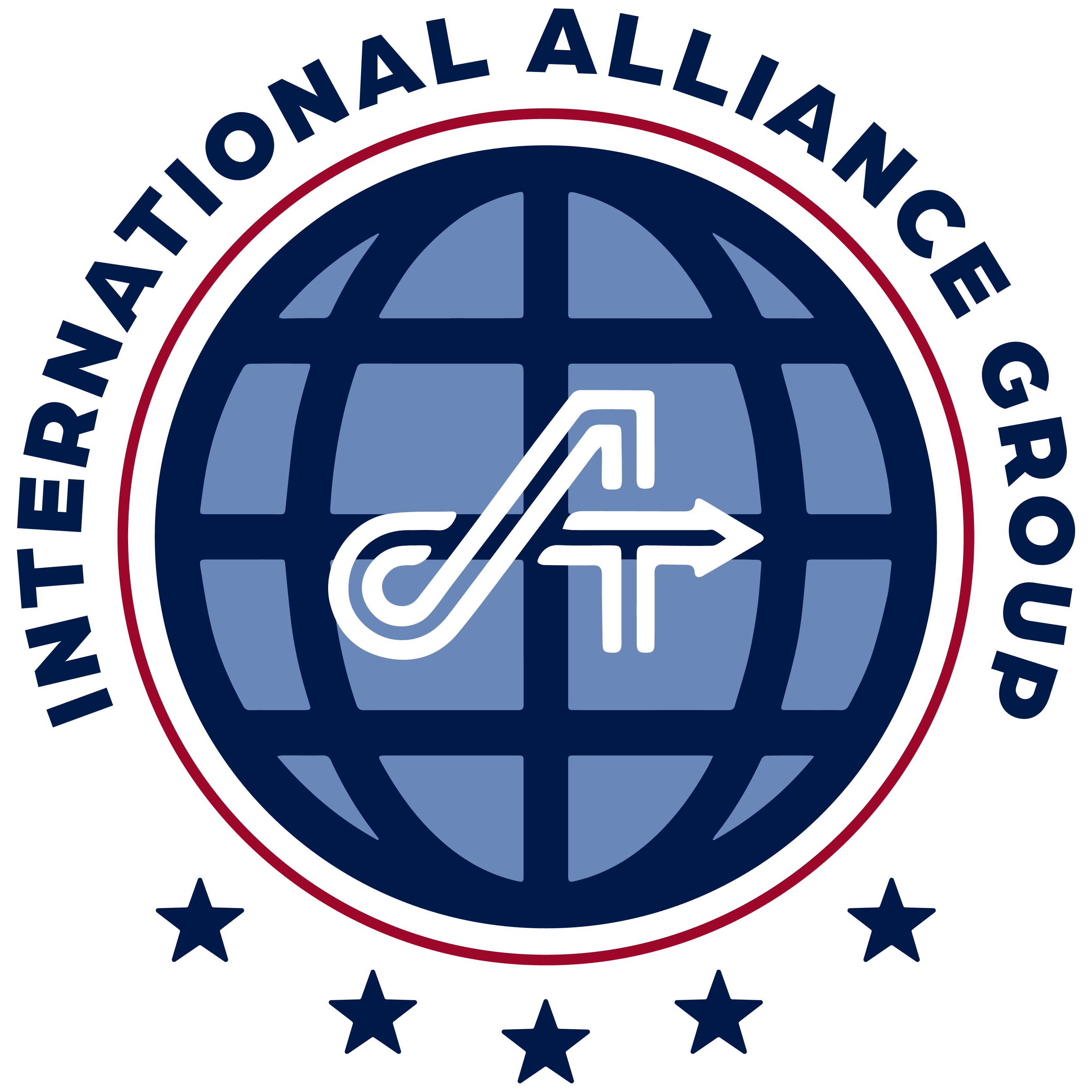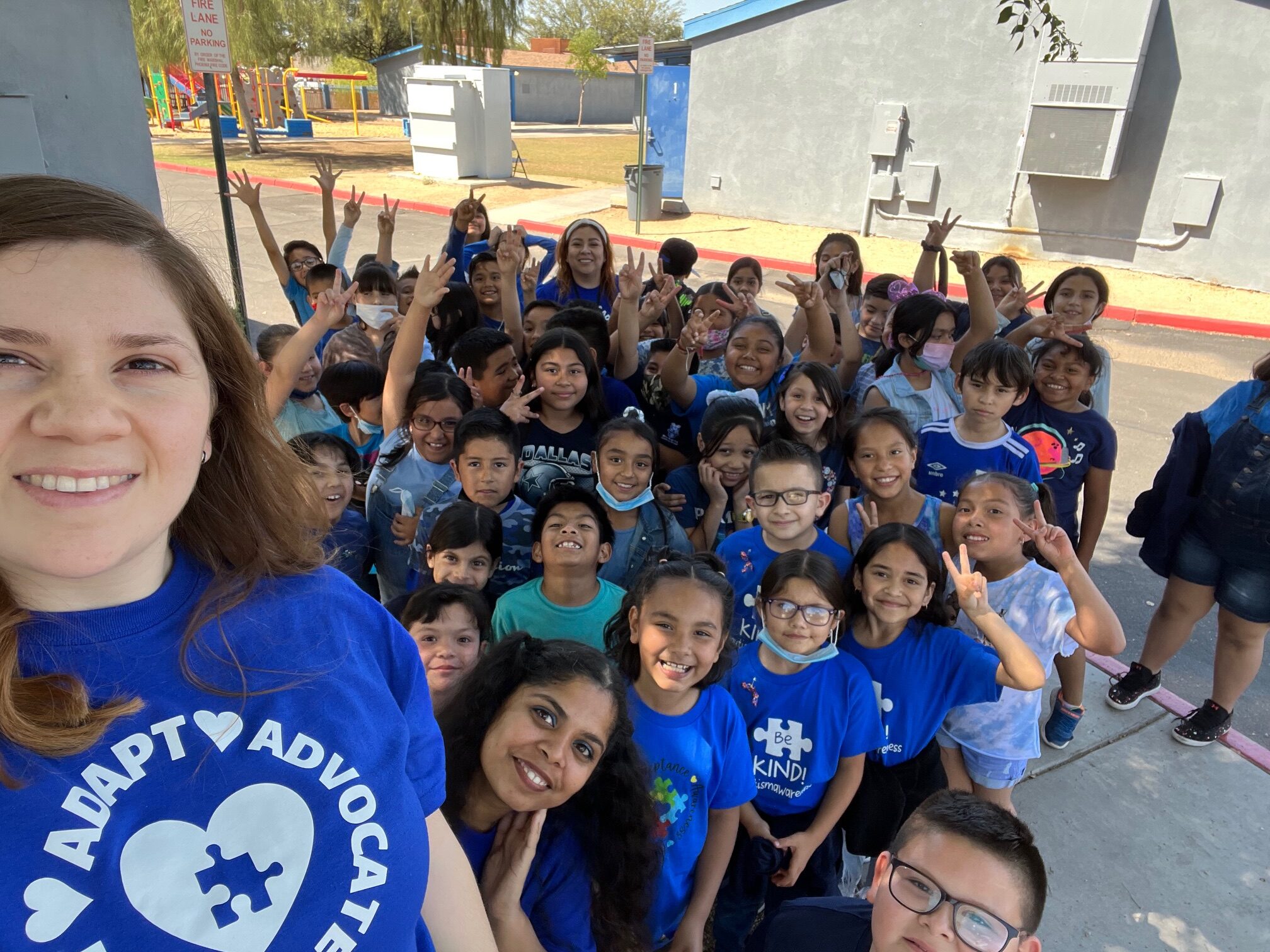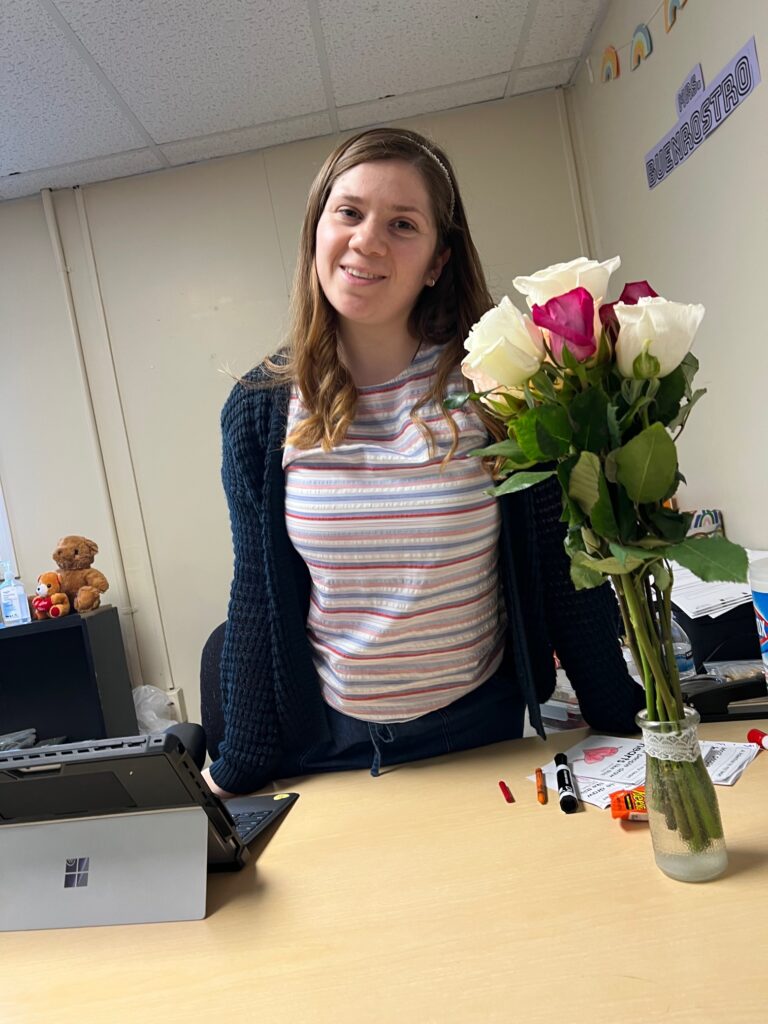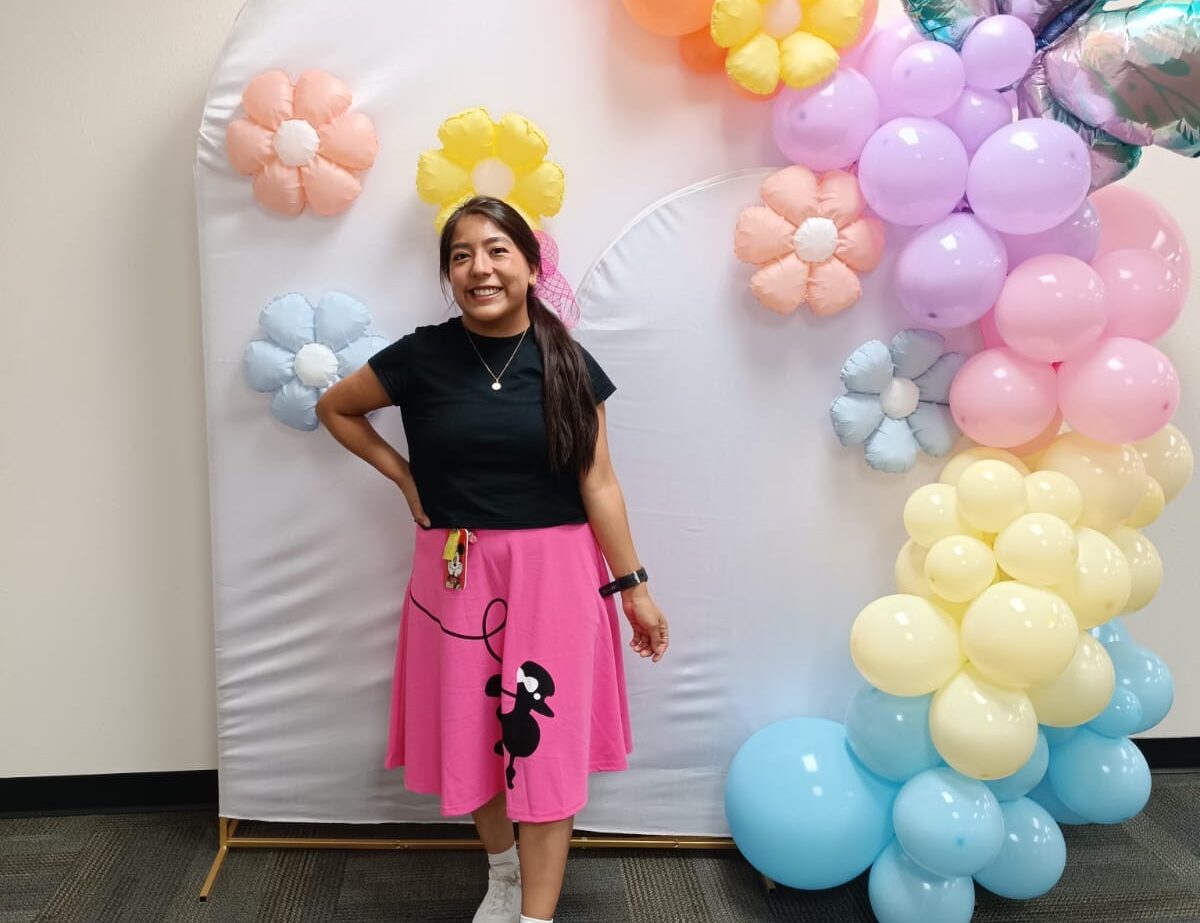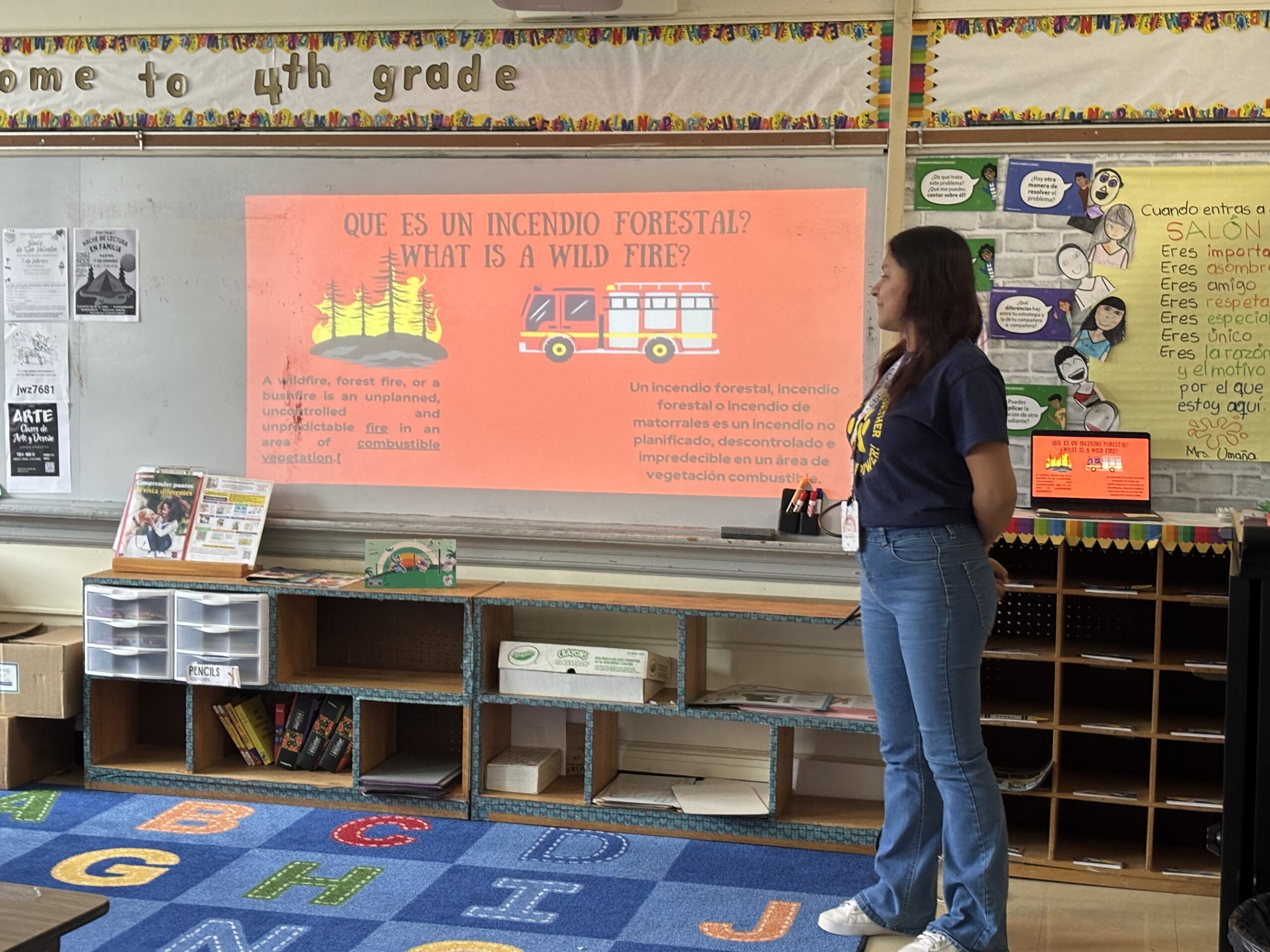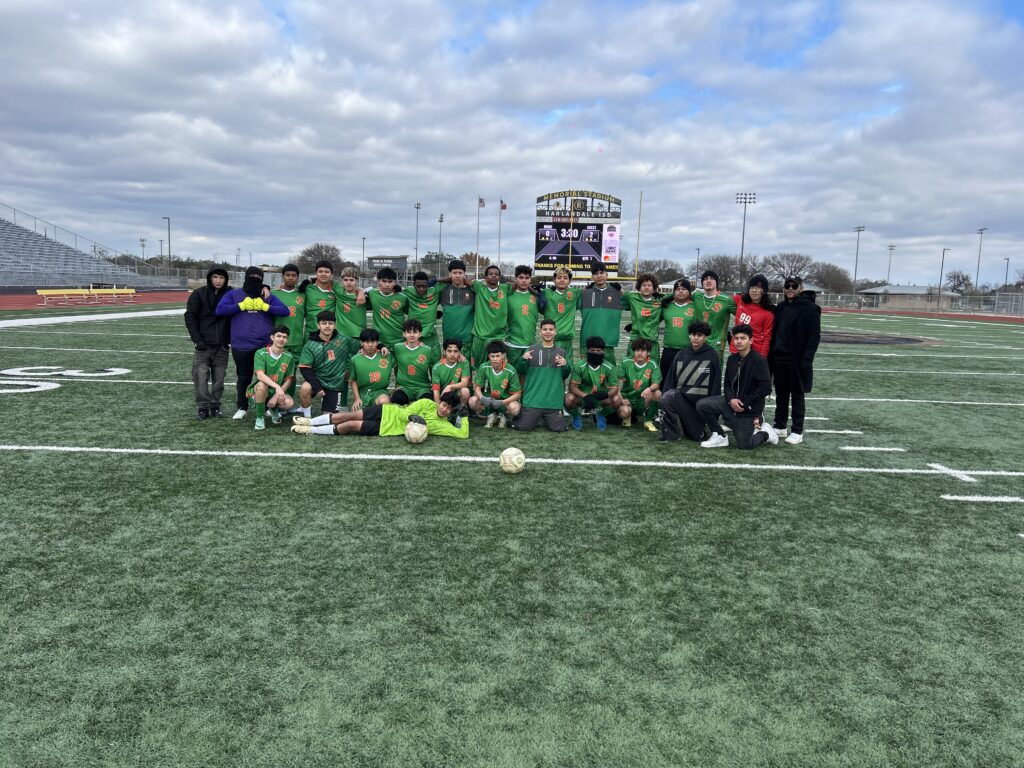California’s rural communities often face unique challenges, and one of the most pressing is the persistent teacher shortage. Geographic isolation, limited resources, and difficulties in attracting and retaining educators leave many classrooms understaffed, potentially hindering the academic growth and future opportunities of students. [1]
Imagine the transformative power of connecting these students with educators who not only possess the necessary skills and qualifications but also bring a wealth of diverse perspectives and cultural understanding. Yes, we are talking about passionate and qualified teachers.
International teachers offer a unique blend of qualities that could be invaluable in these settings. Many are bilingual or multilingual, a crucial asset in a state with a significant Spanish-speaking population. This linguistic proficiency can bridge communication gaps, foster stronger relationships with students and families, and create a more inclusive and supportive learning environment.
Beyond language skills, these educators often bring a deep commitment to their profession and a resilience honed by navigating diverse social and economic landscapes. Their experiences can enrich classroom discussions, offering students broader perspectives on the world and fostering empathy and understanding across cultures.
Picture a classroom where students learn about different traditions, histories, and ways of life directly from someone who has lived them. This exposure can broaden horizons, challenge assumptions, and cultivate global citizenship.
This alignment between educator identity and student experience fosters trust, increases engagement, and strengthens academic outcomes—especially in bilingual classrooms, which are increasingly difficult to staff with fully credentialed teachers in rural districts.
A System built to support: How International hiring Works
Of course, bringing educators from another country involves navigating immigration processes, providing adequate support and resources, and ensuring a smooth transition for both the teachers and the communities they serve. But what if there was a streamlined path to not only fill these critical roles with highly qualified international teachers but also gain a wealth of additional benefits?
Through the US Department of State J1 Visa Sponsor, specialized organizations bring exceptional international educators to your classrooms and it’s remarkably easy. Imagine accessing a global talent pool brimming with passionate, skilled, and certified teachers eager to make a difference. These companies vet candidates, ensuring they meet California’s rigorous standards and possess the expertise to enrich your students’ learning experiences.
But the advantages extend far beyond securing highly qualified teachers. From navigating complex immigration processes and visa applications to facilitating cultural integration and professional development, these companies act as your dedicated partner, ensuring a smooth and successful transition for both the teachers and your school community. [2]
Equity, community and continuity
International teachers offer more than a staffing solution. They represent a bridge: between continents, between cultures, and between temporary fixes and long-term strategy. Their impact extends beyond instruction—it reaches into the heart of community engagement, parental trust, and student belonging.
Furthermore, the presence of International teachers can serve as powerful role models for students, particularly those from similar backgrounds. Seeing educators who share aspects of their identity can inspire students to pursue their own educational goals and envision a future filled with possibilities. This representation can be a powerful motivator, fostering a sense of “if they can do it, so can I.”
By hiring qualified International teachers, California rural schools can tap into a valuable resource that not only helps alleviate the teacher shortage but also brings a vibrant infusion of culture, language, and dedication to its classrooms. These educators have the potential to profoundly impact the lives of their students, broadening their perspectives and fostering inclusivity. The time is ripe to explore these possibilities and build bridges that will benefit generations to come.
International educators do more than fill positions in California. They enrich lives, expand worldviews, and build a workforce as diverse and dynamic as the students it serves.
This blog was written by Global Workforce Development, powered by IAG, an organization dedicated to creating international job opportunities for professionals.
References
[1] Learning Policy Institute: https://learningpolicyinstitute.org/sites/default/files/product-files/CA_District_Teacher_Shortage_BRIEF.pdf
[2] U.S. Department of State – J-1 Visa Exchange Visitor Program: https://j1visa.state.gov/programs/teacher
